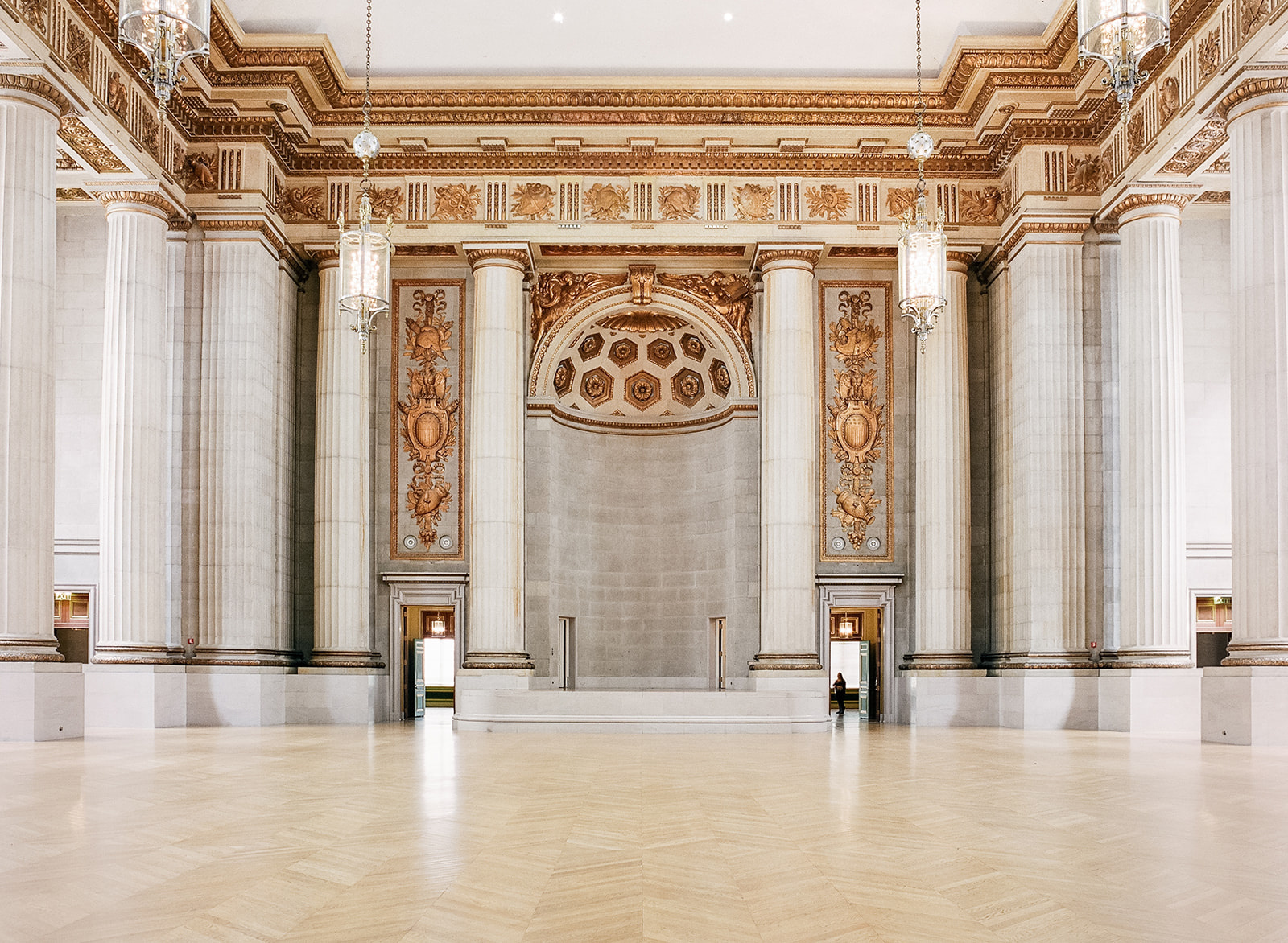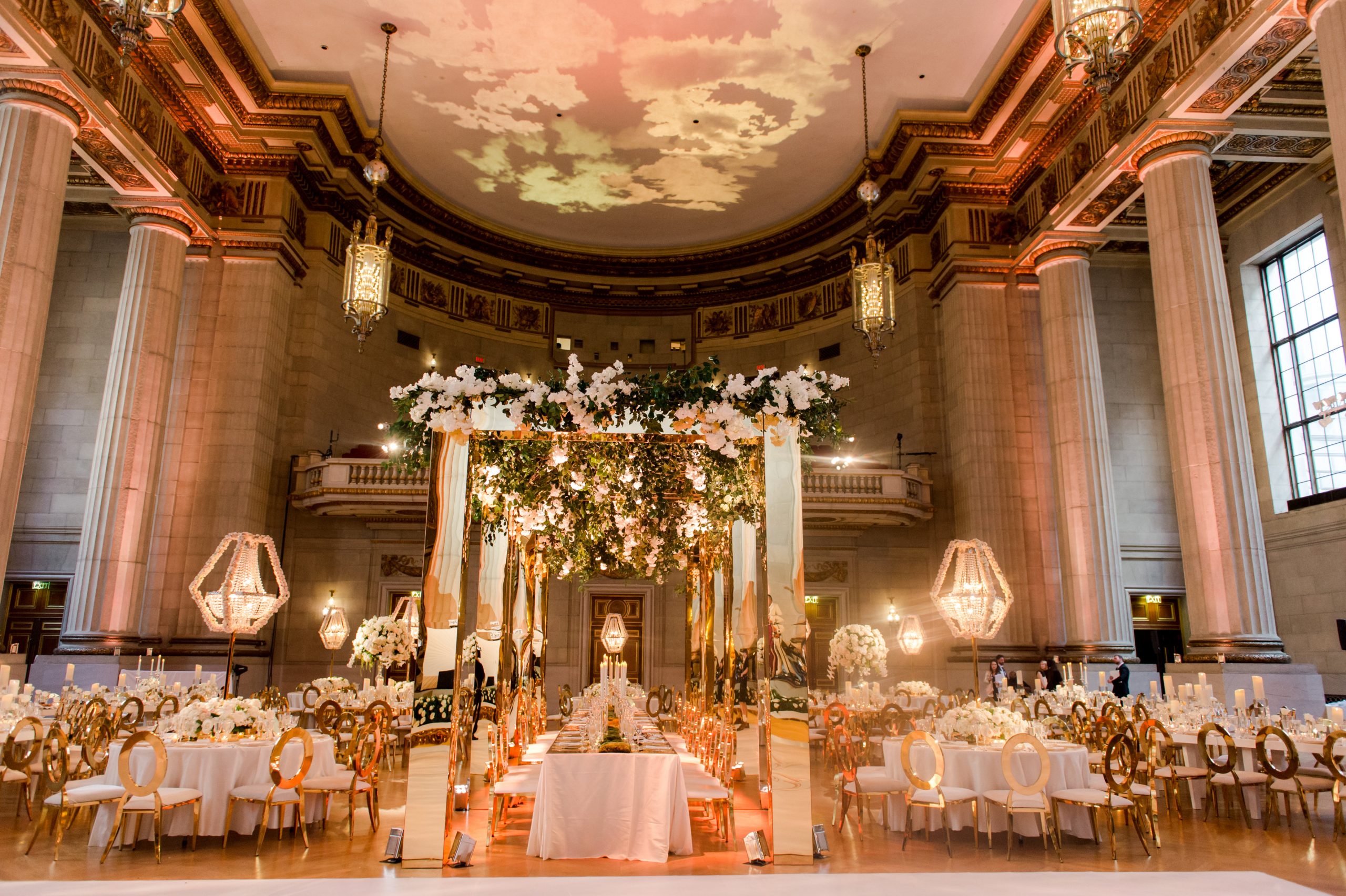Mellon Auditorium History

The Mellon Auditorium is a Beaux-Arts building in Washington, D.C., built in 1930 to house the Smithsonian Institution’s National Museum of Natural History. It was designed by architect John Russell Pope and is named after Andrew W. Mellon, the Secretary of the Treasury under President Calvin Coolidge, who donated the funds for its construction.
The auditorium is a grand and imposing building, with a limestone facade and a massive copper dome. The interior is equally impressive, with a soaring barrel-vaulted ceiling and a marble floor. The auditorium is used for a variety of events, including concerts, lectures, and conferences.
The Mellon Auditorium, an architectural marvel known for its grandeur and acoustics, has witnessed countless historical events. Among them, the recent Biden-NATO summit held within its hallowed halls reverberated with the echoes of global diplomacy and strategic discussions. The summit’s significance resonated through the corridors of the auditorium, adding another chapter to its storied past.
Architectural Significance
The Mellon Auditorium is a significant example of Beaux-Arts architecture, a style that was popular in the United States in the early 20th century. The building is characterized by its symmetrical facade, its use of classical motifs, and its grand scale. The auditorium is also notable for its innovative use of steel and concrete, which allowed for the creation of a large, open space without the need for supporting columns.
Construction and Design Process
The Mellon Auditorium was built between 1929 and 1930. The construction process was supervised by the architectural firm of John Russell Pope and Sons. The building was constructed using a steel frame and concrete walls. The exterior of the building is clad in limestone, while the interior is finished with marble and plaster.
The auditorium was designed to be a multi-purpose space that could be used for a variety of events. The main auditorium has a capacity of over 2,000 people and is equipped with a stage, a proscenium, and a large organ. The building also has a number of smaller meeting rooms and a grand foyer.
Role of the Mellon Family
The Mellon family played a major role in the development of the Mellon Auditorium. Andrew W. Mellon, the Secretary of the Treasury under President Calvin Coolidge, donated the funds for the construction of the building. His brother, Richard B. Mellon, was the chairman of the board of trustees of the Smithsonian Institution and oversaw the construction of the auditorium.
In the hallowed halls of Mellon Auditorium, where truths and lies have intertwined, one cannot escape the echoes of congenital liars. Their words, like wisps of smoke, dance through the grand space, obscuring the clarity that once prevailed within its walls.
Yet, like a beacon amidst the deception, Mellon Auditorium stands as a testament to the enduring power of truth, a sanctuary where honesty can find refuge amidst the storms of falsehood.
The Mellon family has continued to support the Mellon Auditorium over the years. In 2009, the Mellon Foundation donated $10 million for the restoration of the building. The restoration project was completed in 2012 and the auditorium is now once again a vibrant and active space.
Mellon Auditorium Events
The Mellon Auditorium has hosted a diverse array of events throughout its history, ranging from political conventions and presidential speeches to concerts, exhibitions, and award ceremonies. These events have had a profound impact on Washington, D.C., and beyond, shaping public discourse, fostering cultural exchange, and leaving an enduring legacy on the city’s social and political landscape.
The auditorium’s inaugural event was the 1923 National Conference on Outdoor Recreation, which brought together conservationists, government officials, and outdoor enthusiasts to discuss the importance of preserving natural resources. In the years that followed, the auditorium hosted numerous political conventions, including the 1928 Republican National Convention that nominated Herbert Hoover for president. During World War II, the auditorium served as a meeting place for government agencies and military personnel, and in the postwar era, it became a popular venue for international conferences and cultural events.
Political Events
- The auditorium has hosted numerous political conventions, including the 1928 Republican National Convention, the 1936 Democratic National Convention, and the 1960 Democratic National Convention.
- Presidential speeches: The auditorium has been the site of several historic presidential speeches, including Franklin D. Roosevelt’s “Fireside Chat” in 1933 and John F. Kennedy’s “New Frontier” speech in 1960.
- Government hearings: The auditorium has also hosted important government hearings, such as the 1973 Watergate hearings and the 1987 Iran-Contra hearings.
Cultural Events, Mellon auditorium
- Concerts: The auditorium has hosted a wide range of concerts, from classical music to rock and pop. Notable performers include the Boston Symphony Orchestra, the New York Philharmonic, and the Grateful Dead.
- Exhibitions: The auditorium has also hosted major exhibitions, such as the 1939 World’s Fair and the 1964 New York World’s Fair.
- Award ceremonies: The auditorium has been the site of numerous award ceremonies, including the Academy Awards, the Grammy Awards, and the Tony Awards.
Other Events
- Conferences: The auditorium has hosted a wide range of conferences, from scientific and academic gatherings to business and trade shows.
- Fundraisers: The auditorium has also been used for fundraising events, such as galas and charity dinners.
- Community events: The auditorium has been a venue for community events, such as neighborhood meetings and holiday celebrations.
The Mellon Auditorium’s diverse event history reflects its role as a central gathering place in Washington, D.C. The auditorium has provided a platform for political discourse, cultural exchange, and community engagement, and it continues to be a vital part of the city’s social and cultural fabric.
Mellon Auditorium Architecture

The Mellon Auditorium, a remarkable example of neoclassical architecture, stands as a testament to the grandeur and elegance of Washington, D.C.’s architectural heritage. Its imposing facade, adorned with intricate carvings and towering columns, exudes a sense of timeless sophistication. The interior is equally impressive, boasting a soaring coffered ceiling, intricate moldings, and a stunning proscenium arch.
Materials and Design Elements
The Mellon Auditorium showcases a masterful blend of materials and design elements. The exterior is clad in Indiana limestone, lending a stately and enduring presence. The interior features a combination of marble, plaster, and wood, creating a harmonious and visually captivating space. The use of large windows allows for ample natural light, enhancing the sense of spaciousness and grandeur.
Comparison to Other Notable Buildings
The Mellon Auditorium shares architectural similarities with other notable buildings in Washington, D.C. Its neoclassical style echoes that of the Lincoln Memorial, while its grand scale and use of materials resemble the National Archives Building. However, the Mellon Auditorium’s distinctive details and unique purpose set it apart, making it a singular architectural gem within the city’s impressive skyline.